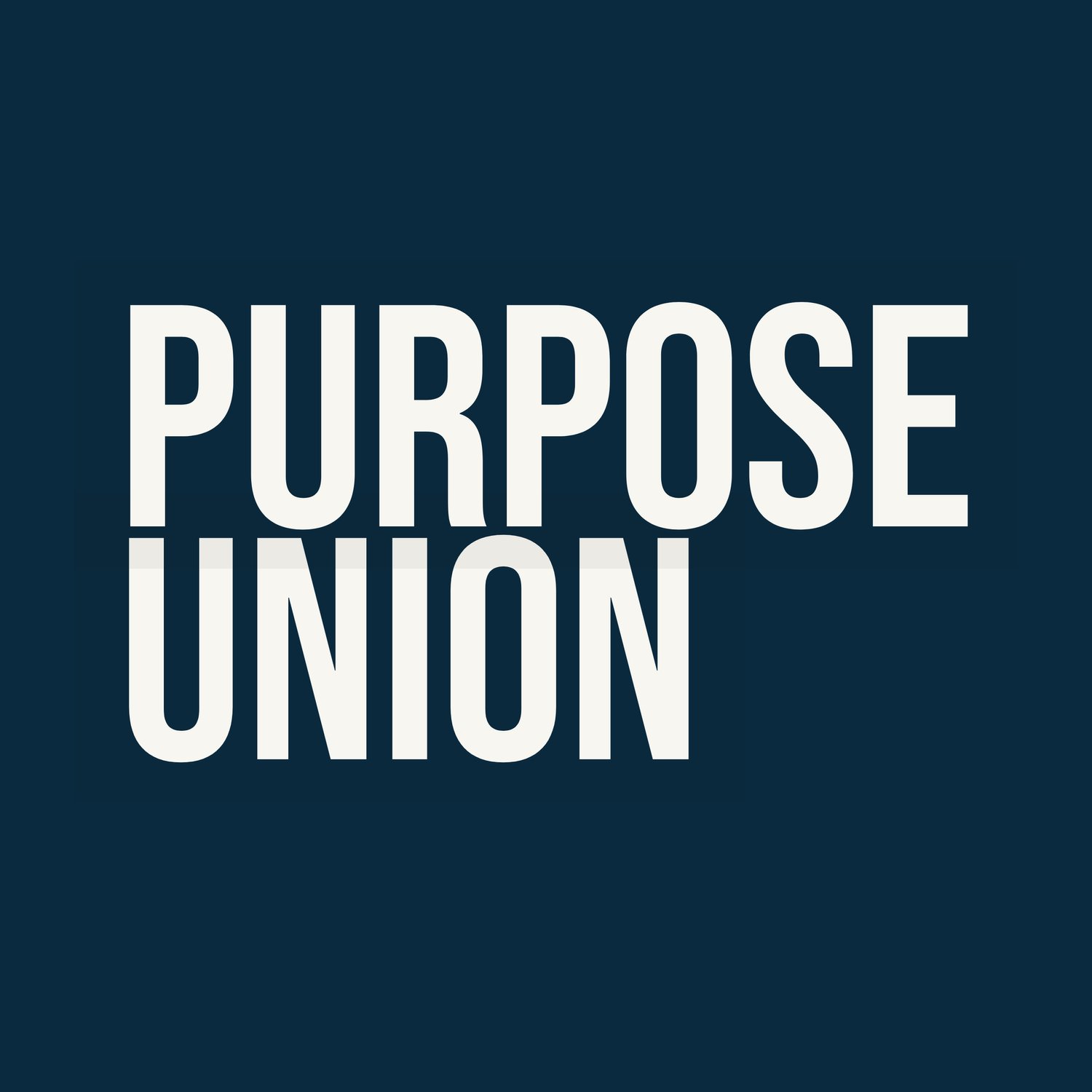Embedding racial equity in the workplace
Jinan Younis, Director at Purpose Union speaks about embedding racial equity into the workplace at the PRCA UK’s Conference. Her full speech is below:
I work closely with large multinationals to help them to meaningfully engage with equity. This often boils down to a question about power. Who has power, and who doesn’t? Who has genuine routes to decision making? Who has the access to relay the stories about themselves? Who has the luxury of time, space and funds for creativity?
When we’re talking about racial equity, we’re talking about redistributing power in a sector where a select few people have been afforded the equal opportunity to forge their own paths.
Our professions don’t exist in a vacuum. They are heavily impacted by world events. We know, for example, that Covid-19 disproportionately impacted the ethnic minority population. We know that health inequity means that Black women are 4 times more likely to die in pregnancy or childbirth. We know that the cost of living crisis, while impacting many people across the UK, is hitting ethnic minority groups the hardest.
It’s in this context that we need to understand racial inequities in the workplace. Breaking the glass ceiling is only going to go so far if we’re looking at redressing wider societal imbalance - which, I believe, is the true and meaningful work that anyone aiming to embed racial equity into their organisations needs to be looking to do.
So what does this mean in practice? The industry has never been in a better position to tackle racial inequity and has been making those steps over the last two years. Companies are more confident than ever to bridge the gap between external political events and the impact that this has on their employees. To thrive, people need to feel like their experiences are validated, acknowledged and that they are supported.
In the wake of the Black Lives Matter Movement, many companies have started to address this with bold commitments to racial equity, being anti-racist, and often putting huge amounts of money behind those commitments. When these have been done successfully, it’s because of a groundswell of support - from the senior leaders to managers to colleagues. Allyship is also woven throughout the process. It’s part of senior managers’ objectives and KPIs, linked to their performance. It’s not just wheeled out on Black History Month or Pride Week, it’s a consistent flow throughout the year.
Next, we need to think about who we’re reaching. A career in PR is probably not even on the radar of the people who will be our future leaders. So we need to source them. That is through partnering with brilliant organizations like Creative Access, Rare and the Taylor Bennet foundation. But it’s also through doing our own work to go into local schools, work with refugee organisations, run career sessions in prisons. If we’re looking to embed racial equity in our workplace, we need to address racial inequity in society, and that’s through providing opportunity to those that don’t have access to it as easily.
I’ll finish with one final point that I think is crucial when it comes to this topic. We can’t underestimate the power of collective action, and the impact this is having on companies. We only need to look at to Netflix’s walk-out of LGBT+ employees in protest of Dave Chapelle, the protests at Disney to their lack of response to the Don’t Say Gay Bill, and the outrage that ensued when Jay Z hosted the Oscars after-party at Chateau Marmont knowing their history of allegations of sexual harassment and racial discrimination. Workers are demanding more from their employers. Embedding equity isn’t just a nice-to-have, or good for the bottom line, it has the power to make or break a company.
Contact jinan.younis@purposeunion.com to find out more.
